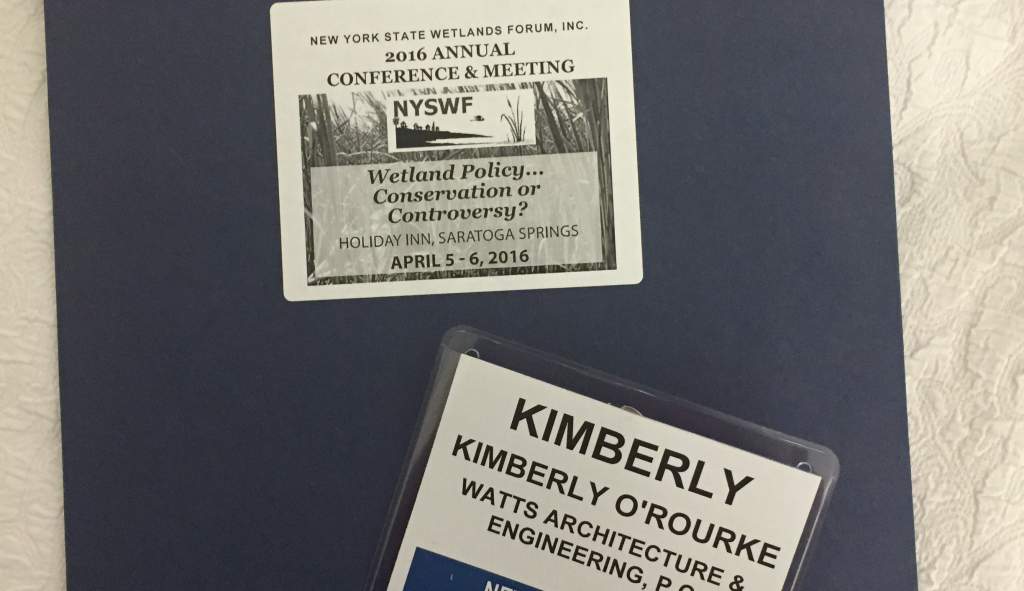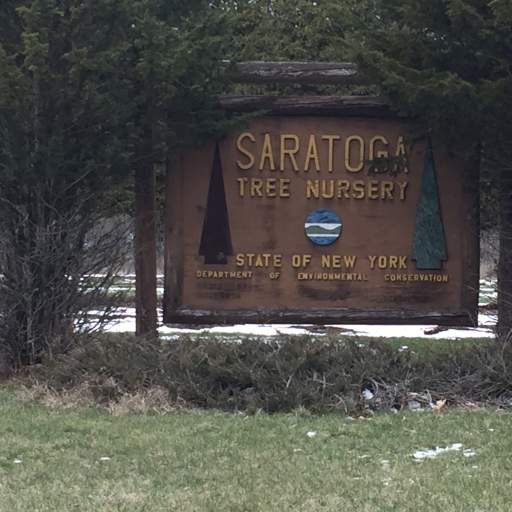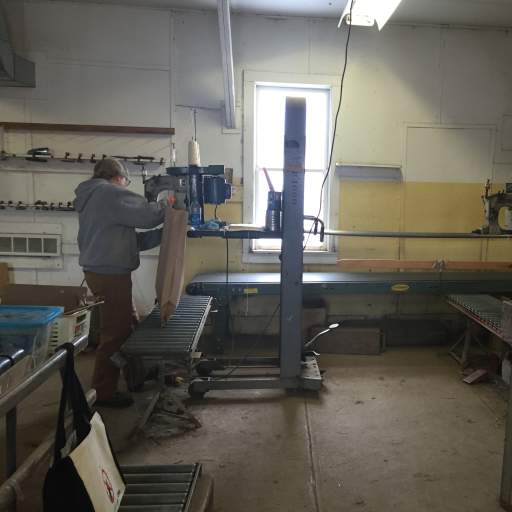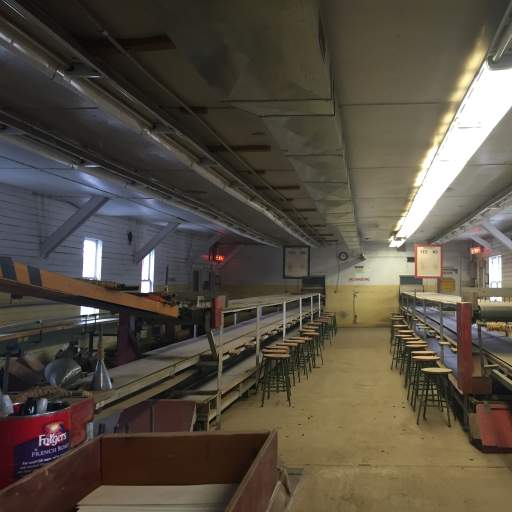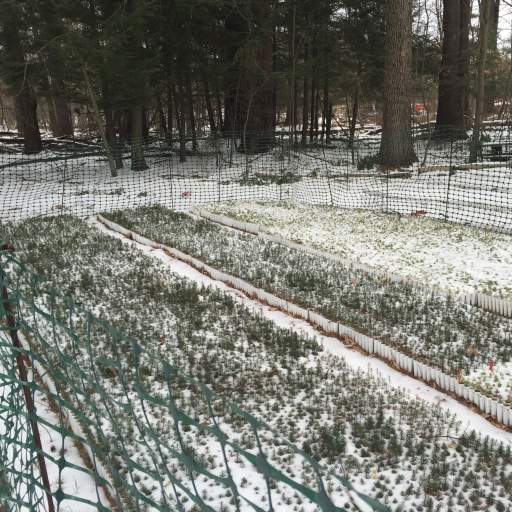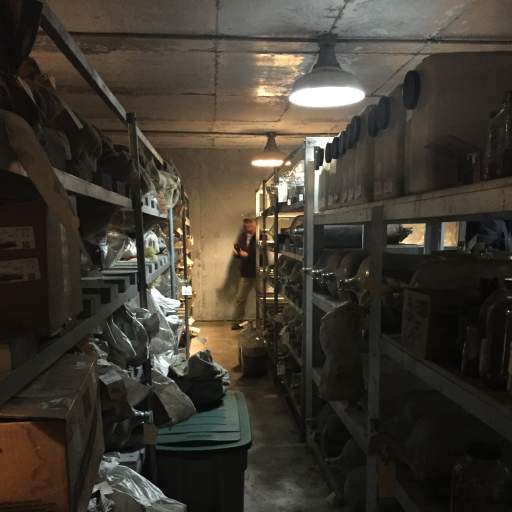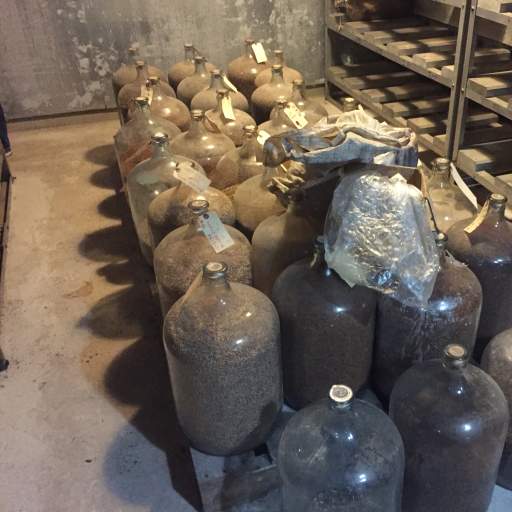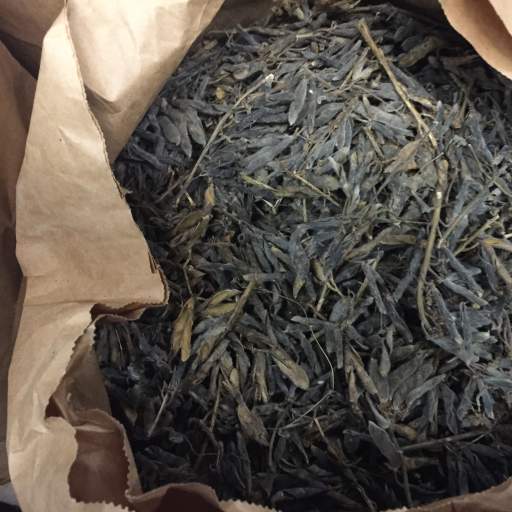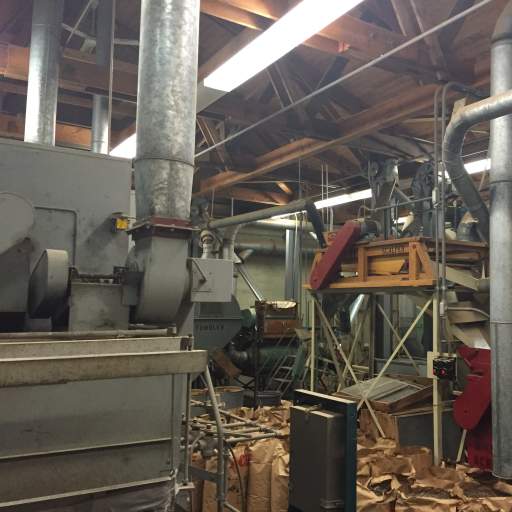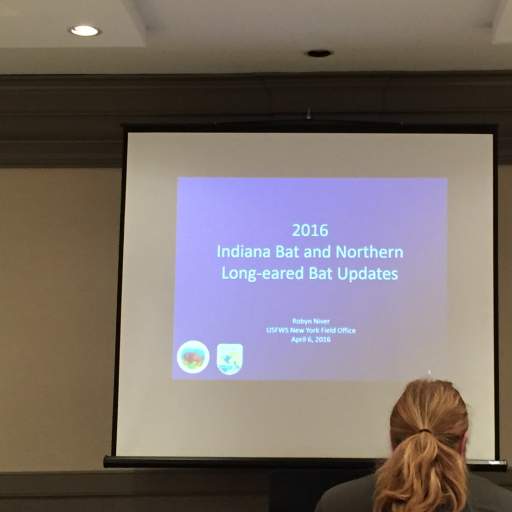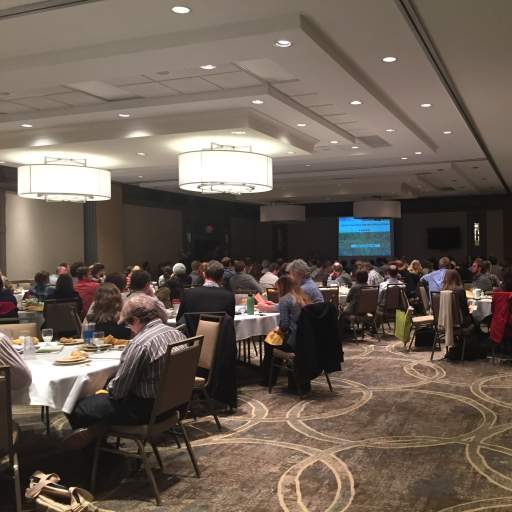NYS Wetlands Forum Annual Conference 2016
April 12, 2016
A review of topics covered at the 2016 NYS Wetlands Forum Annual Conference and how some issues raised will impact environmental work directly at Watts.
~by Kim O'Rourke, Environmental Scientist
On Tuesday April 5th through Wednesday April 6th, Ginger and I attended the “New York State Wetlands Forum Annual Conference” in Saratoga Springs, NY. The conference started bright and early on Tuesday morning with a talk from the mayor of Saratoga Springs about the history of the City and how urban planning and conversation plays a major role in growing the City responsibly. The rest of the day was broken up into concurrent sessions with two topics per session.
The first session I attended was the “Stream and Wetland Functions Assessment” session where three presenters discussed methods for quantifying wetlands, use of aerial photographs and infrared pictures for identification of the invasive species Phragmites, and the accuracy of popular wetland assessment methods.
The second session I attended was the “Resilience and Climate Change” session where climate projections in NYS were discussed. The NYS Community Risk and Resilience Act (CRRA) was also discussed. This is a new, NYS law that was enacted in 2014 to ensure that state monies, regulations, and permits include the consideration of sea-level rise, flooding and storm surge. This law will impact Watts in the future most likely through permit applications for bridge and culvert reconstruction projects. Article 15 (Protection of Waters Program - NYSDEC) and the 401 Water Quality Certification (Clean Water Act – USA EPA) are involved, in most cases, for any bridge/culvert reconstruction. These laws will have additional guidance in the future to properly assess the effects that sea-level rise, flooding, and storm surges on how these new bridges and culverts will fair in the future.
During lunch, all members of the conference gathered to listen to a presentation regarding the NYSDEC’s recently passed invasive species regulations (6 NYCRR Part 575 – Prohibited and Regulated Invasive Species). New York State now has regulations regarding “prohibited” and “regulated” invasive species. A “prohibited” invasive species is one the poses a clear risk to the states economy, ecology, and human health. A “regulated” invasive species has the potential for detrimental effects to the state.
As of March 2015, it is illegal to “knowingly possess with the intent to sell, import, purchase, transport, or introduce any prohibited invasive species”. You can still possess or sell a regulated species, but you cannot introduce it into a “free living state”, which is defined as public lands or waters. A regulated invasive species can also be sold to you by a landscaper; however, a notice is required by the landscaper stating that the species is regulated. For a full list of the prohibited/regulated species and for more information regarding the law, please visit this site (http://www.dec.ny.gov/animals/265.html).
After lunch, I attended a session on the “State Environmental Quality Review Act (SEQRA)”. This was a detailed discussion regarding the requirements for an Environmental Impact State (EIS) which is required for a project if a “positive declaration” is given by the lead agency. A positive declaration means that the project will potentially have a significant adverse environmental impact.
The final session of the day contained habitat studies that had been completed in the Rochester, Bergen, and Appalachian areas.
On the second day of the conference, all attendees gathered in the main conference room to listen to presentations regarding updates on the newly listed “Northern Long-Eared Bat (NLEB)” on the Threatened and Endangered Species list. The NLEB was listed as a threatened species under the Endangered Species Act last April. This has had a large effect on proposed construction projects because it limited the time frame for when trees can be cut and requires a detailed investigation into potential bat habitat in the project area. Currently, the process used for evaluation is confusing and very long. US Fish and Wildlife, Army Corps of Engineers, and the Federal Highway Administration all gave presentation regarding new, stream-lined processes for evaluating impacts to the NLEB. A new process for evaluation should be coming out within the next few months.
The remainder of the day was used for field trips within the area. Ginger and I chose to visit the NYSDEC Saratoga Tree Nursery. This is the only NYSDEC tree nursey and is located approximately 10 minutes south of Saratoga Springs. We got an in-depth tour of the nursery and were shown almost every step that is required to grow trees in “bulk”. The tree nursery offers a variety of tree species from conifer to hardwood to shrubs. Tree stock depends a lot of availability of seeds and, surprisingly, tree seeds are very expensive. The nursery has a process in place where they can harvest their own seeds. This is done for mainly conifer trees where the seeds are kept within the pinecone. The pinecones are sent through an “extractor” where the temperature is kept at 150˚F. Depending on the species of tree, the pinecone has different conditions required before it will drop the seeds. Some pinecones require high humidity in order to drop the seeds; these cones are dipped in water before they are sent through the extractor. These pinecones have to be wet and sent through the extractor twice before the humidity is high enough within the cone to release the seeds.
Once the seeds are extracted, they are sent through sorting process to determine the viability of the seed. This process uses gravity to pull the heavy seeds to the bottom of the pile; these seeds have the most content in them and are more likely to germinate. The “medium weight” seeds are less likely to germinate while the seeds that float at the top pf the pile are not likely to germinate and are discarded.
Through this process, the nursery gathers the bulk of its seeds. Currently, the nursery has a stockpile of seeds that are worth over 1.5 million dollars!
Once the seeds are gathered and planted, the trees spend a majority of their life at the nursery in a cooler; this keeps the trees dormant until they are ready to be sent out for planting. The trees are sent “bare root” to their clients meaning that no soil is sent with the tree. The ensure a good product, the trees are inspected before they are sent out, the tree must have a primary (downward) root that is at least 1/3 of the size of the stem.
The tree must also have several lateral roots that extend outwards from the primary root. Once the trees pass inspection, they are bundled and placed into paper bags before they are shipped out to the client.
More information regarding the nursery and tree prices are available here (http://www.dec.ny.gov/animals/7127.html)
